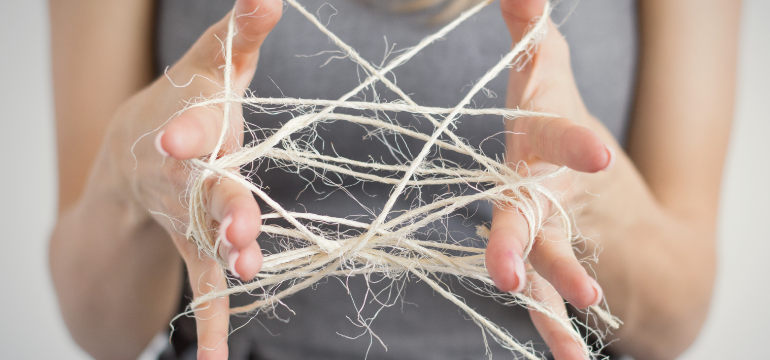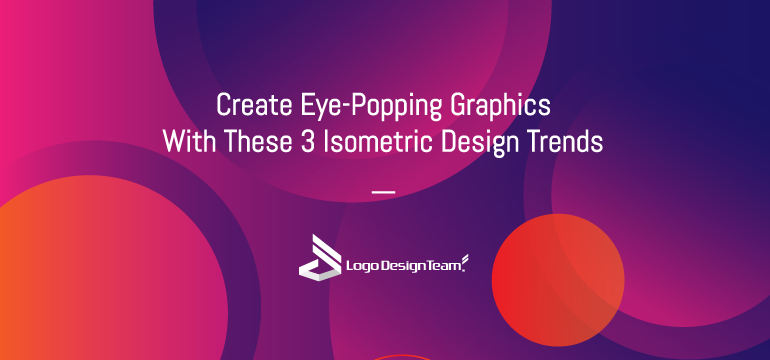With millions and millions of designs created each day, you need to have something that makes your designs stand out from the rest. You need to conceive exceptional and unique design ideas that are sure to enthrall your audience and keep you on top of your competitors. Yes, it’s not a cakewalk! But, it can be done by embracing newer trends like isometric design trends.
Today, we have embarked on one of the exciting years where we will witness mind-blowing changes in the graphic designing industry. If we, the designers want something interesting to happen then we must allow room for inspiration to strike from every direction at once.
Here we’ll discuss about the isometric design, where to use them and what design trends a graphic designer should know to sustain in the industry.
What is Isometric Design?
The isometric design is a method of drawing a 3D object in two dimensions. Such drawings are simple and clutter free but have an added depth that flat designs can’t make. This design technique places the objects in space at 30-degree angles from its horizontal. According to isometric principles, the alternate sides of the vector shape are parallel to one another. This means objects in the foreground and the background are placed on the same scale. However, isometric art is not used to provide a realistic view; instead, it’s used to bring a different perspective to the design.
Isometric illustrations are ideal for technical drawings, city scenes as well as to create a retro-inspired design. In isometric drawing each dimension is drawn at full scale rather than foreshortening (dramatically shortening or reducing the object in time or scale) them to the correct projection.

Take a look below how you can create eye-popping graphics with these 3 isometric design trends.
1. Create Minimal Composition and Add Depth With Isometric Drawings
Isometric drawings have been bringing about miraculous results for designers since its introduction. This kind of graphical representation helps creators to keep things minimal while adding depth on it by using realistic shadows. This way an art form gets a three-dimensional attribute that almost looks real. Adding depth is more effective when objects are separated in different layers and each interacts autonomously with the combination- both sharpness and blurriness.
An isometric designing technique is ideal for increasing the visual appeal and distinctiveness of a creation. A design that is made up of 3D structure and has an added depth is sure to mesmerize your audience.
2. Convey Complex Designs With More Details Using Isometric Illustrations
An isometric illustration can convey complex concepts into a clear and concise manner. According to studies, people react more actively to visual contents compared to written texts. Needless to say, you have to take extra care while creating a design for today’s audience. People have a lesser attention span and have lesser time to spend on a particular piece of content. Hence, presenting them with complicated artful conceptions can drive them away from your design. Isometric designs can create a design intricately highlighting each crucial feature of your composition.

3. Interconnect Information With Isometrical Composition
Isometric illustrations have the prowess of creating interconnected objects in tiny little spaces. Most of the times open compositions can’t do the justice of detailing interconnected objects and might leave out some important things. Isometric drawings are ideal for presenting an entire neighborhood in an easily assimilable way. Using these design trends, you can connect the whole universe. For e.g., starting from buildings, streets, water bodies you can even depict animals of an area, smaller details like trees, park benches. Isometric art is the best way to illustrate interconnected information. If you want your audience to understand the graphical presentation taking just taking a glance, depicting it using isometric illustrations can work wonders.
Now you might wonder where you can use these isometric designs? Of late the popularity of isometric diagram has led the creators to generate meaningful and amazing logos, appealing icons, infographics, website landing pages, etc. Refer to the following set of information-
- Logos – Isometric Art Can Induce Ingenious Brand Emblem
As we know, logos are the face of any brand. The image reflects the identity of the company. Hence the brand reflection should have a unique presentation. The isometric pattern is a great way to design an eye-catching logo. Want an ingeniously designed logo? Use isometric shapes and patterns to induce awesome brand emblem subtly. For e.g. you can use simple cylindrical or square motifs to make the logo visible from the front, side and top view.
- Iconography – Transform the Tiny Designs Into Catchy Visuals
Icons are typically small in size so it’s necessary that while designing those as a designer you must focus on keeping it as uncluttered as possible. But you also need to keep in mind that each icon must include the much-needed structure and depth. Did you know the vision impaired and spatially aware people prefer to view the side and top of an icon? So, as a creator, it’s your job to make it more user-friendly particularly for these types of audience. Viewers don’t like to strain their eyes much on complicated designs and want things to be easy.
- Infographics – Take the Art Piece To a Different Level
We know that today infographics are the best way to impress your target audience. And think about it! If you incorporate isometric details on it won’t you give the creation a different level? The isometric design leaves nothing to the imagination and lets you grab every single feature to the core.
Wrapping up
Needless to say, when flat styles are slowly losing its charm, isometric design paired with custom illustrations would receive much appreciation amongst viewers. When you use the isometric principle in your creations, you can yourself see the difference it does. The use of shadows helps in building the hierarchy. Did you understand why the isometric trend is the most happening thing today? It finds its application in almost everything in the graphic designing arena- from icons to full-fledged graphics and makes them look naturally similar to the physical environment.
The isometric design is here and it’s going to stay. So gear up and start using isometric principles in your creatives. If you want to know how isometric diagrams can change your design style take a look at the Logo Design Team.





